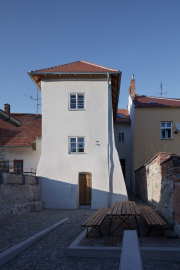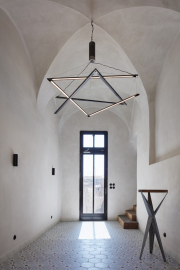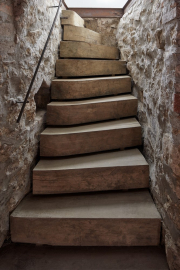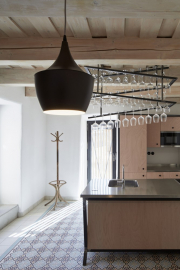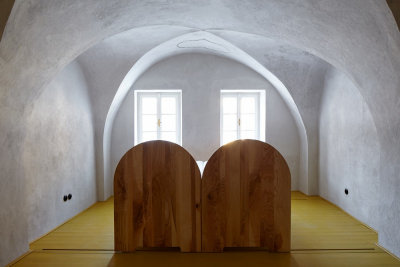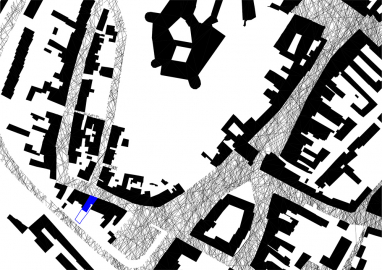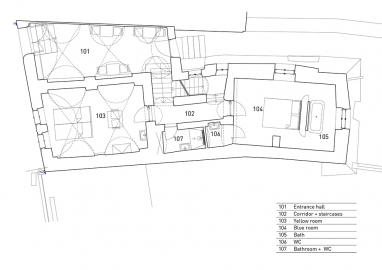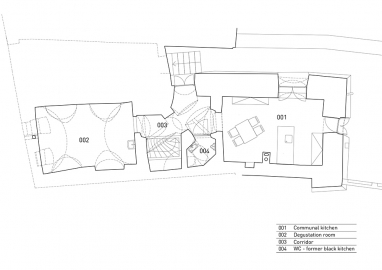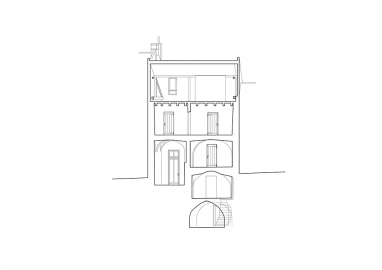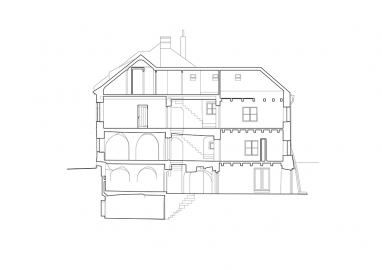Štajnhaus
The house is a mixture of old soft shapes and rough new fittings. Everything was made by hands of local craftsmen. This corresponds to the raw detail of the final design. Tha main goal was to preserve original qualities of the house but also offer a bit of contemporary comfort. But not too much.
This house with a Baroque-Renaissance core stands right at the foot of the chateau hill, in the former Jewish quarter of Mikulov. Throughout its existence it has suffered a great many scars, it has gone through tens of reconstructions and operations. All of these have altered the house beyond recognition. Yet it has maintained its almost medieval picturesqueness.
The task was to convert this abandoned house into a pleasant guest house. We wanted to keep the medieval atmosphere but also to bring the guests a bit of contemporary comfort. Final design was ment to be ascetic as possible.
The ŠTAJNHAUS has not been a project, the ŠTAJNHAUS has been a process. We came to a "pudding-stone". The more individual layers, spaces and surprising circumstances we uncovered, the more revisions and alterations our project we had to make in our project; and this lasted, in fact, until the end of realisation.
The main concept was to keep the design as an organic complex. You can't easily recognize what is old and what is new.
The aim was to remove inappropriate intervetios, keep rough atmosphere of the old house.
In contrast we design new furniture which would not overwhelm the original qualities of the house. They're more abstract frames of furniture than furniture itself. That's why it's made of rough steel. We wanted the guests to feel the soft curvature of the walls in contrast with the strict lines of the frames.
The house is built from what was at the time available. Masonry is a combination of recycled stone from other structures, bricks, mud-bricks and clay mixed together.
Lime plasters were used throughout the building. During the construction fragments of the very first probably Renaissance plasters appeared. These were fixed and restored.
The new ceilings are wooden made of spruce beams as well as trusses.
Whole interior is designed in raw materials. We are interested in natural textures of materials.
When designing, we tried to reuse original materials - old beams, fragments of original limestone paving, old bricks - in new context.

